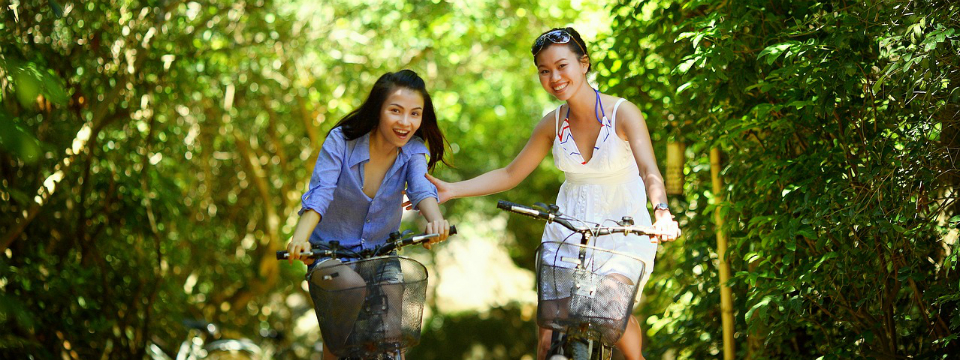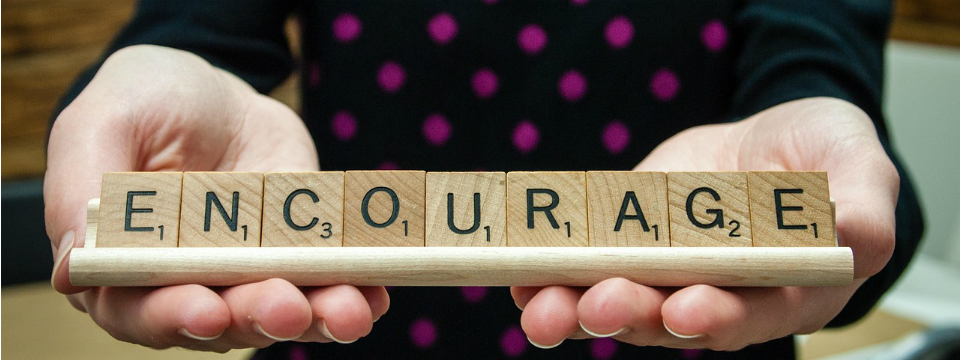Getting active can help boost mentors’ and mentees’ happiness: New research
The benefits of exercise in helping serve as one piece of the puzzle in combating depression and anxiety have been well-documented. Less attention has been paid to the ways in which people who are not depressed may be helped by physical activity. In a recent review of studies on exercise in happiness, however, researchers investigated the benefits of physical activity on those who have positive health conditions in an effort to help address this gap.
There is an important distinction here between the presence of negative mental health and positive mental health. The latter is not simply the absence of the former, although that may be a part of it. In this way, looking at the manner in which positive mental health can be improved by things like physical exercise is a separate question from identifying the ways in which exercise can serve as a boon to those who are experiencing depression, for example.
In a review conducted by researchers at the University of Michigan of 23 studies (15 observational, eight intervention) on the links between happiness and physical exercise, associations were found that varied by time spent and by population. There was an underlying finding, however, that even a small change in exercise and physical activity habits can have positive benefits for the individual.
The findings also suggested that there is a sort of diminishing of returns, as those who exercised 150-300 minutes per week (2.5 – 5 hours every week) had happiness levels that were similar to those who exercised for more than 300 minutes per week. This would indicate that the boosts in happiness can occur at less intense levels activity for those who may find physical exercise or activity for at least an hour every day of the work week to be daunting. As the authors state, “As little as 10-min physical activity per week or 1 day of doing exercise per week might result in increased levels of happiness.” In other words, every little bit helps.
So what does this mean for mentors and their mentees? Well, the straightforward conclusion is that integrating more physical activity and exercise into the mentoring relationship can have benefits for both parties’ happiness. As mentioned in another recent article on the Chronicle, physical activities can also serve as opportunities for bonding, one of the key ingredients for those seeking to build a strong mentoring relationship.
Perhaps less considered, however, is what mentors and programs can do to help youth with disabilities engage in physical activities. This is an urgent need, however, as children with disabilities are facing obesity rates that are 38% higher than their peers without disabilities. There are a number of challenges facing youth with disabilities, including lack of accessible environments, medications that can contribute to changes in weight and appetite, and physical limitations.
Integrating exercise into the mentor-mentee activities can be a challenging area for those attempting to calibrate their knowledge of exercise to their mentee’s context. It is also something that should not be taken lightly. According to the Center for Disease Control (CDC), “Physical activity is important for all children. It’s best to talk with a health care provider before your [mentee] begins a physical activity routine. Try to get advice from a professional with experience in physical activity and disability. They can tell you more about the amounts and types of physical activity that are appropriate for your [mentee’s] abilities.” While speaking with your mentee’s doctor may be beyond the purview of your role as a mentor, working with your mentee’s parents and communicating your interest in integrating more physical activity into the mentoring relationship would be a good place to start that conversation.
Still, though, there are a number of ways in which mentors can work with their mentees to be active and have fun at the same time. Key considerations for adapting play for youth with disabilities include, but are not limited to, taking into account the mentee’s capacity for different types of activities, the intensity of the types of activities in which you hope to engage, and the conditions with regards to accessible spaces. Activities adapted for the classroom can also be transferred into the mentoring context as well, for example. For programs looking for ways to integrate more accessibility into their mentoring program for youth with disabilities, groups such as Partners for Youth with Disabilities (PYD) offer consulting, and the National Mentoring Resource Center (NMRC) offers a host of resources available for mentors and programs alike.
Engaging in physical activity and exercise can have benefits for all mentees, and mentors too! Being creative and considerate in approaching physical activity can create space for meaningful bonding experiences and boosts in happiness for all types of mentoring relationships.










